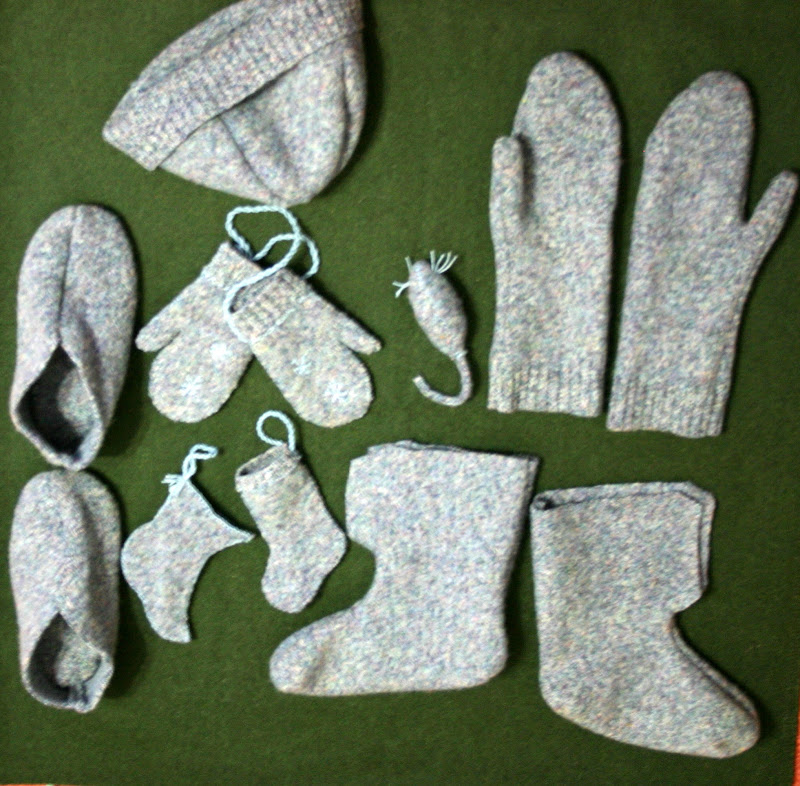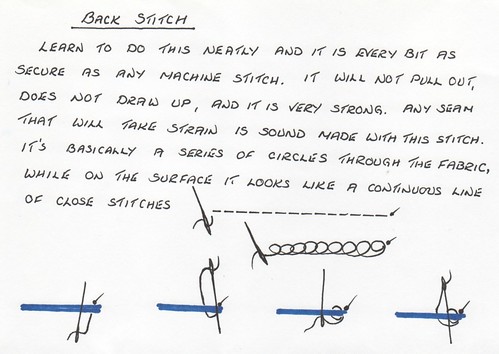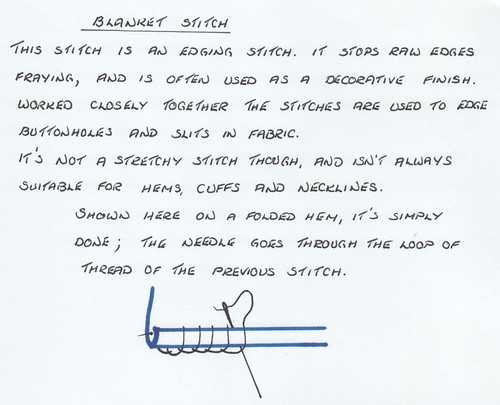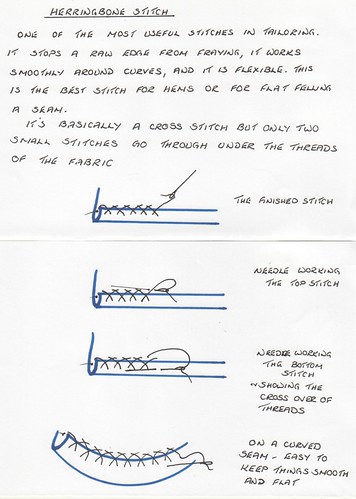Remember this lot ? The pieces I made from a shrunken jumper.

This was the old thread
http://www.bushcraftuk.com/forum/showthread.php?t=50790
I've had three pms this past fortnight from folks who've inadvertantly had their favourite wool pullover shrunken beyond restoration.
I said last time that I'd do another thread and I'd show the stitches that I used and some other patterns.
I've found my shrunken jumper, and I'd really like to see what other folks make with theirs.
So, go and find yours, and we'll make a start on this new thread and it's instructions in the next day or so and see if we can encourage some diy practical stuff before Winter hits
and see if we can encourage some diy practical stuff before Winter hits 
Cheers,
Mary
This was the old thread
http://www.bushcraftuk.com/forum/showthread.php?t=50790
I've had three pms this past fortnight from folks who've inadvertantly had their favourite wool pullover shrunken beyond restoration.
I said last time that I'd do another thread and I'd show the stitches that I used and some other patterns.
I've found my shrunken jumper, and I'd really like to see what other folks make with theirs.
So, go and find yours, and we'll make a start on this new thread and it's instructions in the next day or so
Cheers,
Mary















